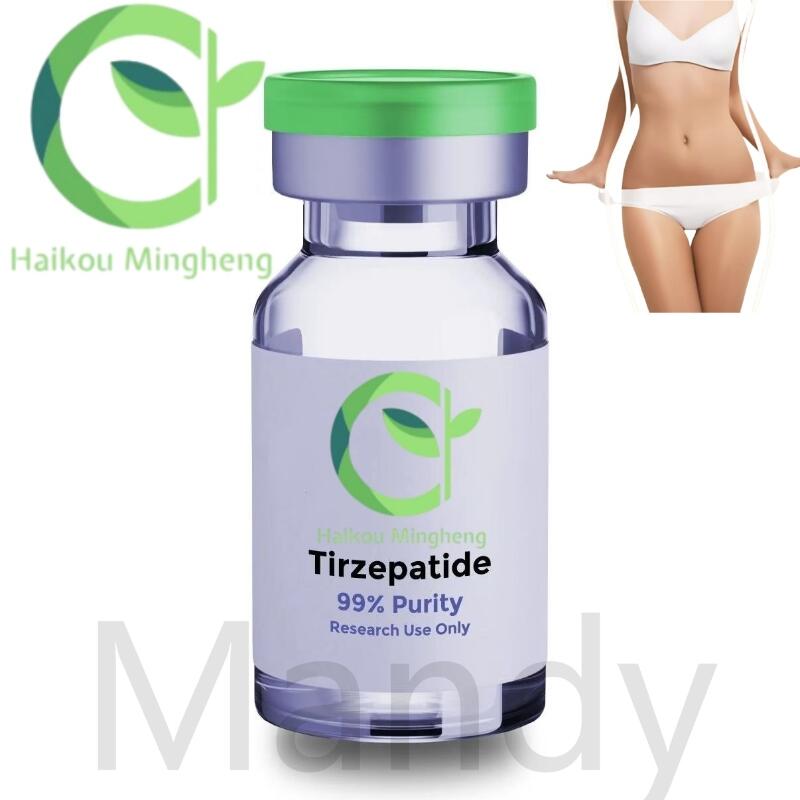Bactericidal molecules found in crocodile blood
-
Last Update: 2015-03-16
-
Source: Internet
-
Author: User
Search more information of high quality chemicals, good prices and reliable suppliers, visit
www.echemi.com
(Mysterious Earth report) according to China Science Daily (Zonghua): thick armor and toothed jaws are not the only defense systems alligators and other crocodiles have They also have a strong immune system Now, some protective molecules have been identified Their presence in the blood of alligators may even pave the way for the development of a new generation of antibiotics Crocodiles have lived on earth for at least 37 million years In the course of their evolution, they have formed an extremely powerful defense system against infection "They can cause wounds to each other, but they often recover without complications from infection, and the environment in which they live is by no means sterile." Barney bishop, co-author of the latest study from George Mason University in Virginia, said Alligators have an enviable innate immune system This is also the first original defense line in the defense system of all vertebrates In 2008, chemists from Louisiana found that sera extracted from moving objects destroyed 23 bacterial strains and significantly reduced the number of HIV These bactericidal molecules have been identified as enzymes that can destroy a class of lipids Although their results haven't brought any new antibiotics, enzymes aren't the only tools alligators have for destroying pathogens Today, the bishop team has identified and isolated a peptide called a positive antibacterial peptide These molecules are positively charged, so researchers have developed a nanoparticle that uses static electricity to pick them out of alligator serum's complex mix of proteins The team found a total of 45 peptides Among them, they synthesized 8 kinds of them and evaluated their antibacterial properties Five polypeptides kill some E.coli, while the other three destroy most E.coli and show some activity against bacteria such as Pseudomonas aeruginosa and Staphylococcus aureus.
This article is an English version of an article which is originally in the Chinese language on echemi.com and is provided for information purposes only.
This website makes no representation or warranty of any kind, either expressed or implied, as to the accuracy, completeness ownership or reliability of
the article or any translations thereof. If you have any concerns or complaints relating to the article, please send an email, providing a detailed
description of the concern or complaint, to
service@echemi.com. A staff member will contact you within 5 working days. Once verified, infringing content
will be removed immediately.







